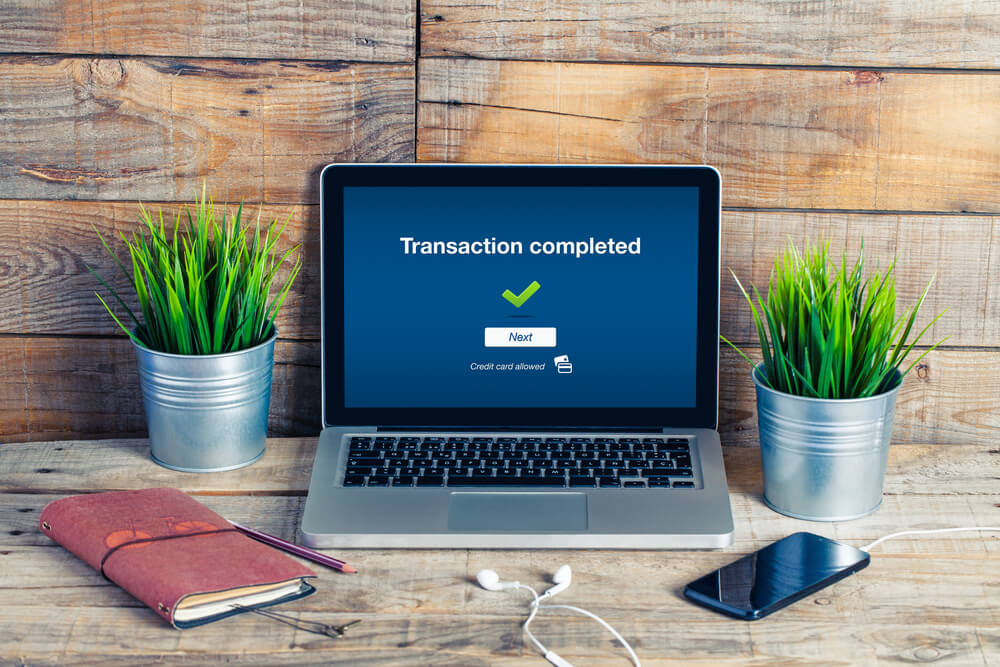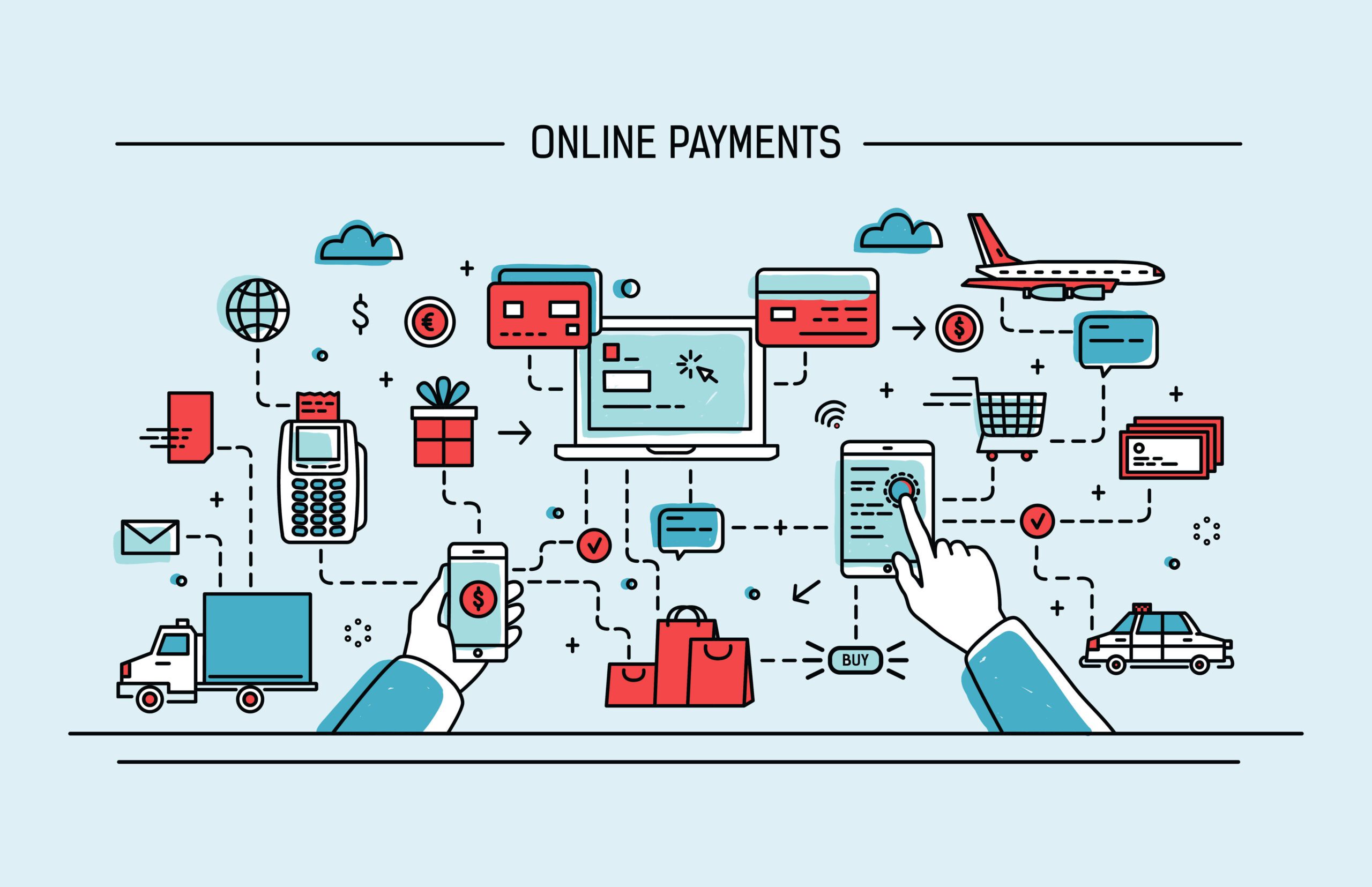Payment aggregation, also known as merchant aggregation, is a business model in which a third-party payment provider is also known as the ‘payment aggregator’ signs up merchants directly under its own merchant identification number (MID) to process transactions through a single master account. For example, Google Pay, Amazon Pay, PayTM etc. One merchant account is used to represent a number of merchants opposed to the traditional model which disburses a merchant account to each merchant. Merchants processing transactions under an aggregator are known as sub-merchants.
In simple terms, a payment aggregator empowers merchants by providing them the means to accept credit card payments and online money transfers without an individual merchant account with a bank or financial services provider.
How an Online Transaction Takes Place?

In an online transaction, there are typically 3 parties involved.
- Customer
- Merchant
- Payment aggregator
Let’s say, a customer wants to recharge his cellphone online. In this case, the customer will either go to the official website of the service provider or he would choose to recharge from a third party application.
The dashboard essentially consists of a list of various mobile phone service providers from where the customer can select his provider, choose the amount and proceed with the payment.
The customer can choose any of the online modes of payment such as a credit card, debit card, net banking, wallet etc. The payment aggregator provides the customer with a dashboard consisting of an array of banks and payment options to choose from. The customer then selects the relevant option and proceeds with the payment.
All this happens in a fraction of a second. In reality, the customer pays the aggregator and the aggregator pays the merchant. Digging further into the technical aspects of this process, the payment aggregator platform requires a payment gateway to receive online payments. The gateway encrypts the data to keep it private and sends it to the payment processor. Further, the payment processor sends a request to the customer’s issuing bank to check to see that they have enough credit to pay for your order. The bank responds with a yes or a no depending on the account balance. Finally, you get a message on the app saying the transaction was successful or not!
Why Would You Need A Payment Aggregator?

As a merchant, if you want to expand your business by accepting all modes of online and credit card payments with minimal fuss and in a short span of time, then a payment aggregator is the best choice. A payment aggregator platform eliminates the need of setting up individual online payment process by allowing merchants to accept credit card and bank transfers without having to set up a merchant account with a bank or a card association. The payment aggregator platform can also hold consumer card details to allow for faster purchases or hold money in an account to allow for future purchases. Mindgate payment aggregator platform solution provides a centralized system for merchant management, reconciliation and settlement along with providing a single POS.
